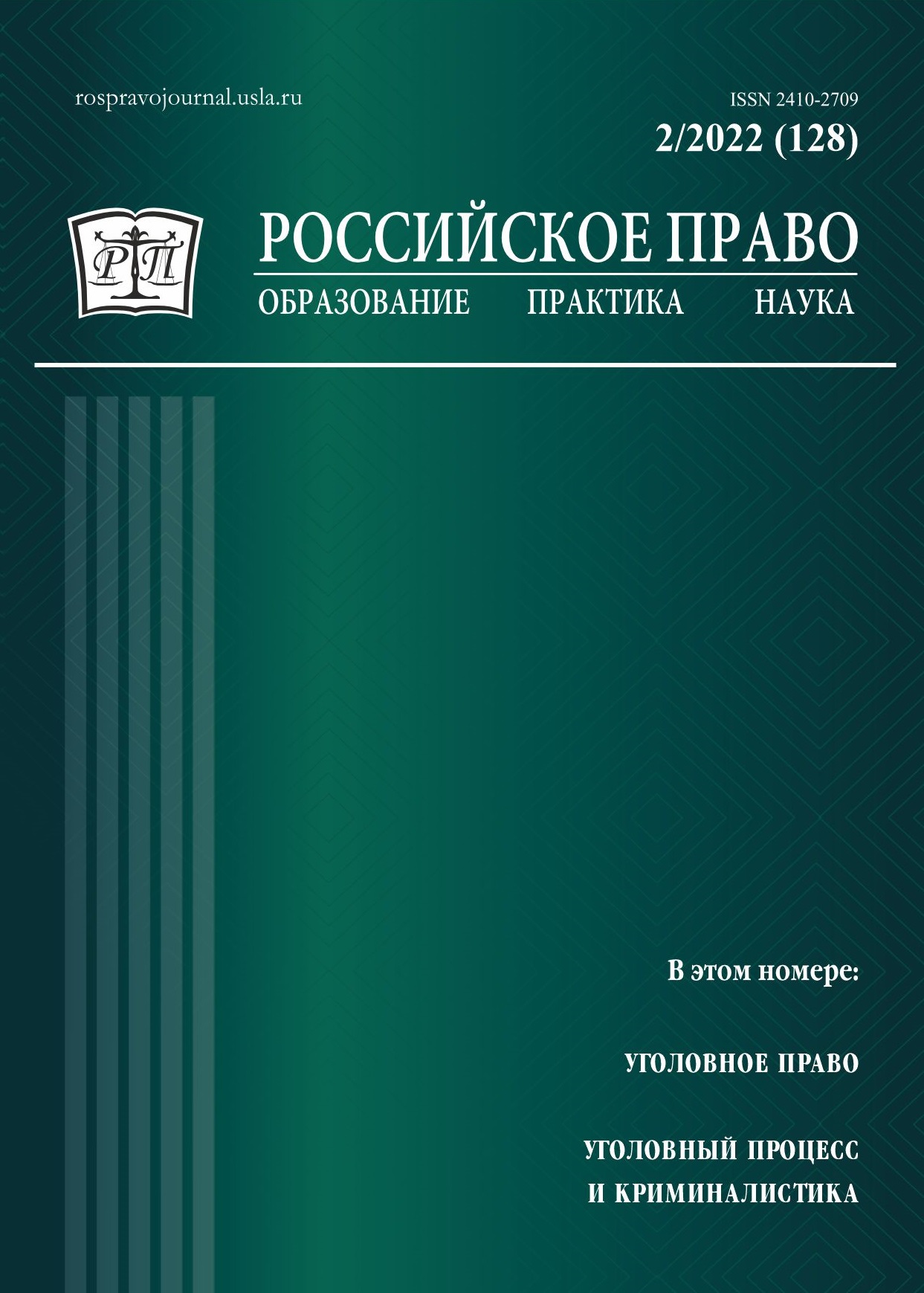Распознавание ложных показаний при допросе с использованием психотехники
Аннотация
Аннотация: Допрос – наиболее распространенное следственное действие, которое связано с личностью допрашиваемого и допрашивающего и установленными взаимоотношениями между ними. С психологической точки зрения проблемой допроса является установление такой системы взаимоотношений между допрашивающим и допрашиваемым, при которой допрашивающий сможет выявить и установить факты, в отношении которых допрашиваемый лжет. В этом отношении эффективен опыт применения инструментов психотехники в процессе проведения допроса.
Загрузки
Опубликован
Выпуск
Раздел
Лицензия
Copyright (c) 2023 РОССИЙСКОЕ ПРАВО: ОБРАЗОВАНИЕ, ПРАКТИКА, НАУКА

Это произведение доступно по лицензии Creative Commons «Attribution-NonCommercial» («Атрибуция — Некоммерческое использование») 4.0 Всемирная.








